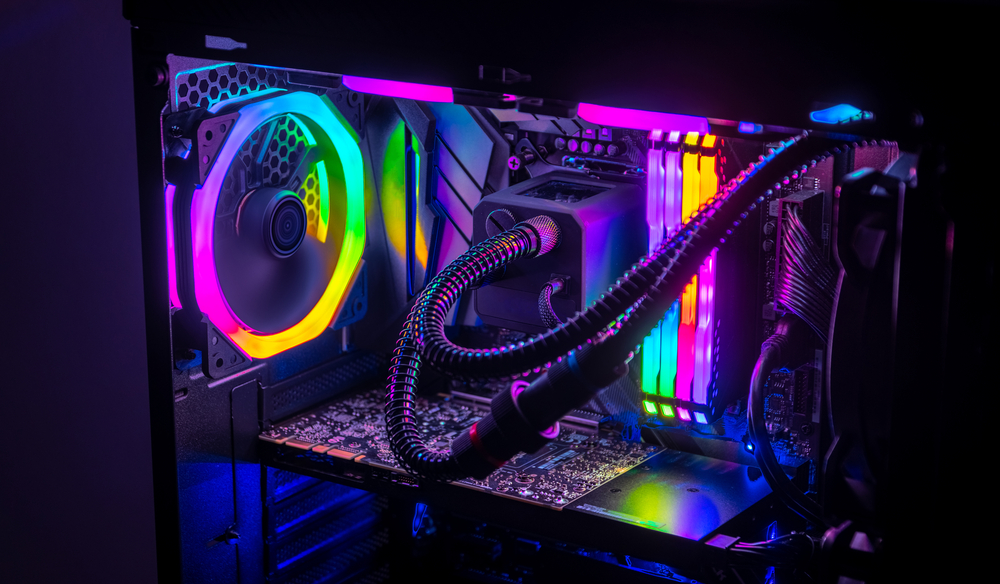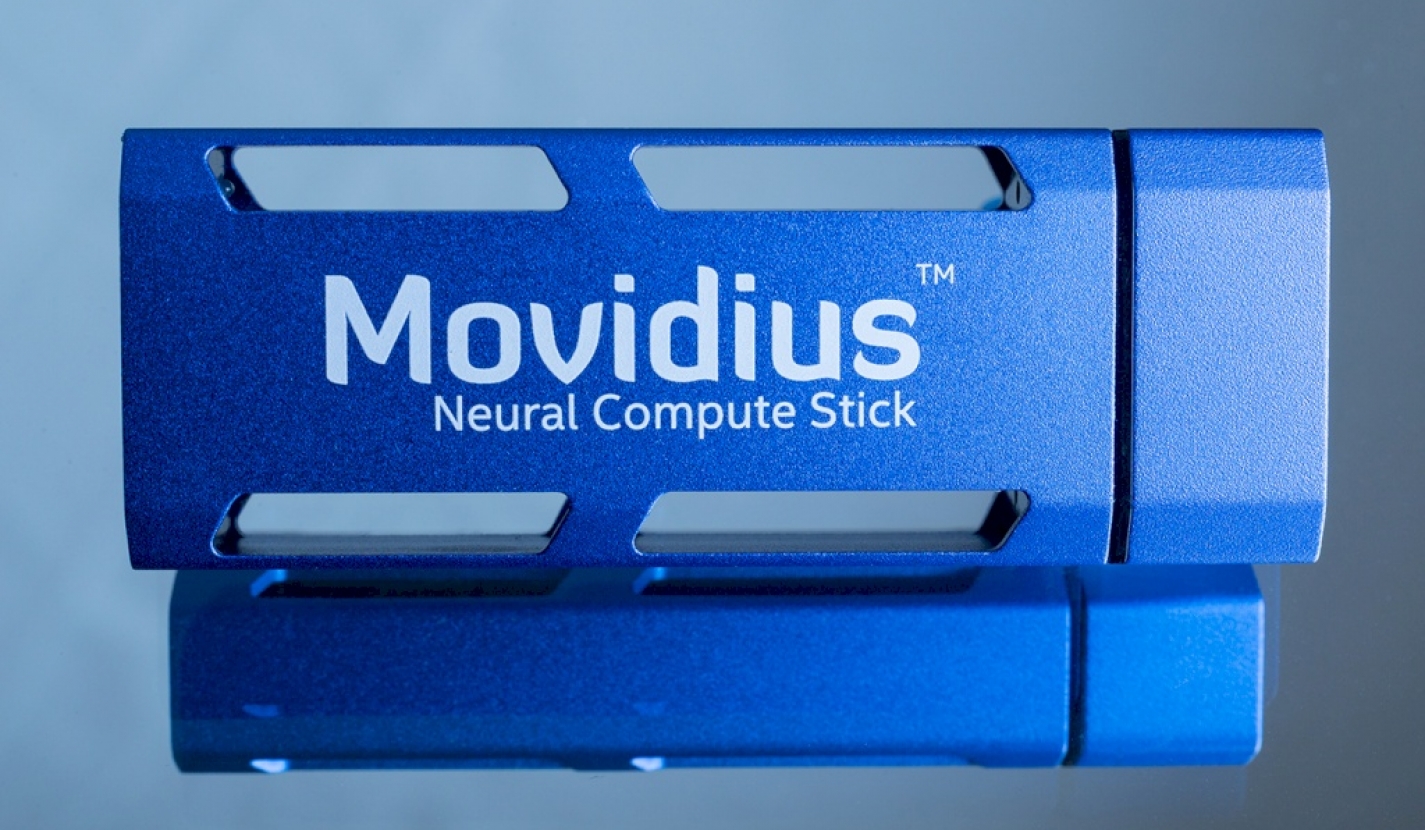The idea of replacing copper with fiber optics is not new. In fact, we have witnessed great progress in getting our homes connected with fiber optic cable, but what remains to be done is to take that same concept to processors. A chip that uses light would not only be faster, but also much more efficient. That’s what a team of researchers at the University of California, the MIT and the University of Colorado have shown. It is the first time transistors and photonic devices are combined on a single chip.
The computer world is still waiting for some revolution allowing it to avoid the impact associated with the (inevitable) collapse of Moore’s Law. We all know that silicon, copper and transistors are limited, therefore, experts must not only consider other options, but also implement them. On more than one occasion they talked about designs in graphene and carbon nanotubes, but they are still trapped in the experimental stage and are likely to need many decades of work. A closer alternative in time appears to be light based Optic fiber Photonic systems.
https://www.youtube.com/watch?v=JAe_xQyFI4k
This new development presents us with a dual-core processor architecture based on open source RISC-V, which has 70 million transistors (something like a Pentium 4) and 850 photonic components, all contained in a chip 3 6 mm. According to Professor Vladimir Stojanović , project leader, it is the first processor that uses light to communicate with the outside world, and the first to contain all the photonic input / output “within” the chip . The processor was evaluated through the implementation of various programs, and early data show a “density bandwidth» of 300 gigabits per second per square millimeter, between 10 and 50 times more than you get at processors available today .
Another interesting aspect is that this processor was created using conventional infrastructure, so that large manufacturers should not make radical changes in their production lines to shape this new photonic chip. Needless to say, the benefits of these chips would not be limited to performance. One of the great struggles for data centers around the globe is to reduce energy consumption and increase efficiency. The creators of this processor speak of 1.3 watts per transmitted terabit, something that any big data server company would like to achieve.







